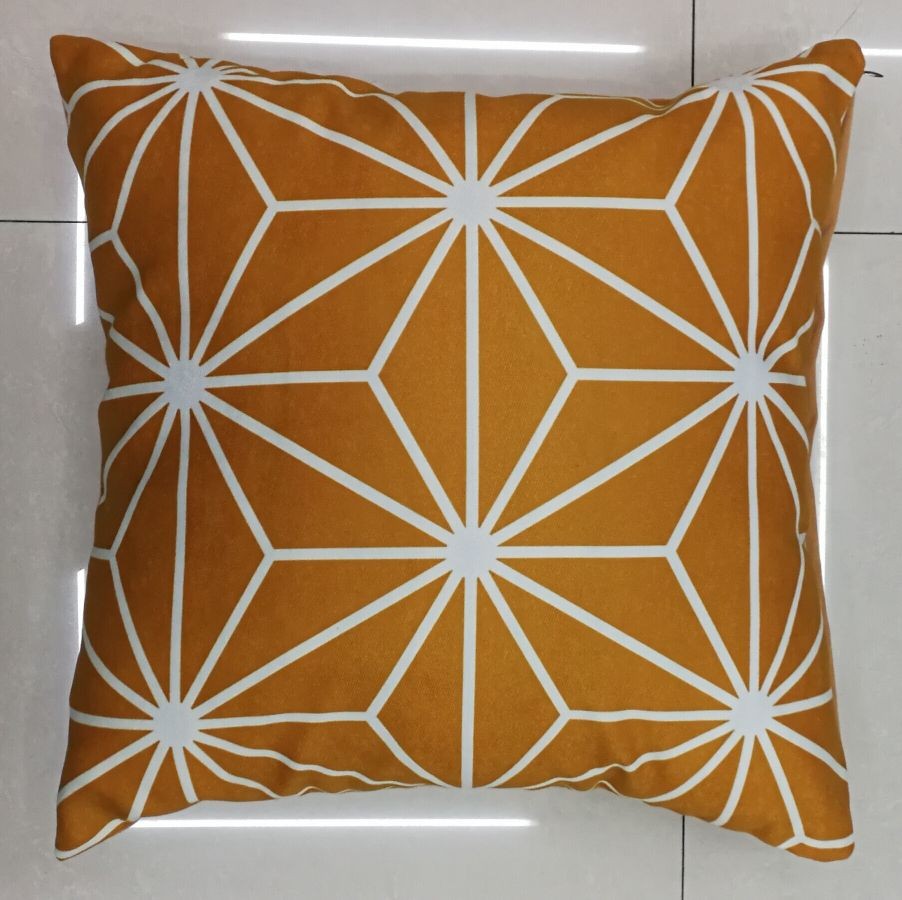Digital printed decorative sofa bedding travel throw cushion pillow
Our Services
1. Available free samples is workable, but freight cost should be paid by customer.
2. New samples could be developed since we have our sample department, sample cost could be charged depends on certain situation.
3. Small order is workable since we have our own factory.
4. Customized logo welcome.
5. Our factory has passed the BSCI audit, our products can pass the OEKOTEX II standard 100.
6. Product treatment:Water-proof/oil-proof/dust-proof treatment, Teflon treatment etc.
Product cleaning and disinfection
Use mild detergent: Choose a mild baby-specific detergent and avoid using detergents containing strong acidic or alkaline ingredients to avoid damaging the material of the plush toy.
Classified cleaning: According to the requirements of the plush toy material and cleaning method, plush toys of different materials are cleaned separately to avoid hybridization or confusion.
Hand wash or machine wash: Choose the appropriate cleaning method based on the size of the plush toy and the instructions on the cleaning label. Generally speaking, smaller stuffed toys can be hand washed, and larger stuffed toys can be washed in the gentle cycle of the washing machine.
Rinse thoroughly: Rinse plush toys thoroughly during the cleaning process to ensure there are no residual detergents or soap suds to prevent children from coming into contact with residue.
Drying method: Dry the newly cleaned plush toys naturally, or use a hair dryer to blow dry at low temperature. Avoid exposure to sunlight or high temperature to prevent the plush from deformation or damage.
Do not soak: Avoid soaking plush toys in water for a long time to avoid causing the filling to become wet or discolored.
Regular disinfection: According to the frequency of use and environmental conditions of infant plush toys, disinfect them regularly to prevent bacterial growth. You can choose to use a child-safe disinfectant or perform high-temperature steam sterilization.
Be careful to avoid damage to details: During the cleaning process, be careful to handle the details of infant plush toys to avoid twisting, breakage or falling.
Prevent cross-infection: If multiple infants and young children use plush toys together, it is recommended to disinfect them regularly to prevent cross-infection.
Timely replacement: If infant plush toys are obviously worn, damaged or cannot be effectively cleaned, it is recommended to replace them with new plush toys in time to ensure the health and safety of infants and young children.
Professional technical engineer dedicated to guide you
According to your actual needs, choose the most reasonable overall design and planning procedures
